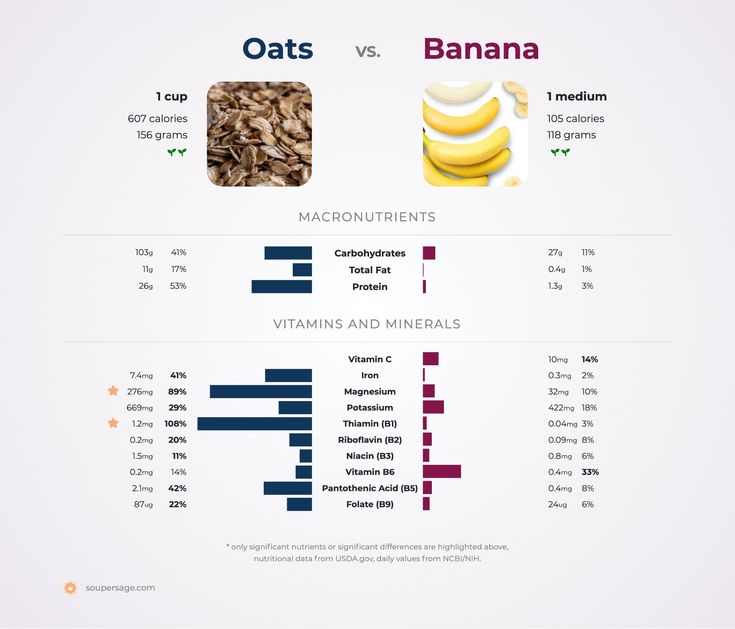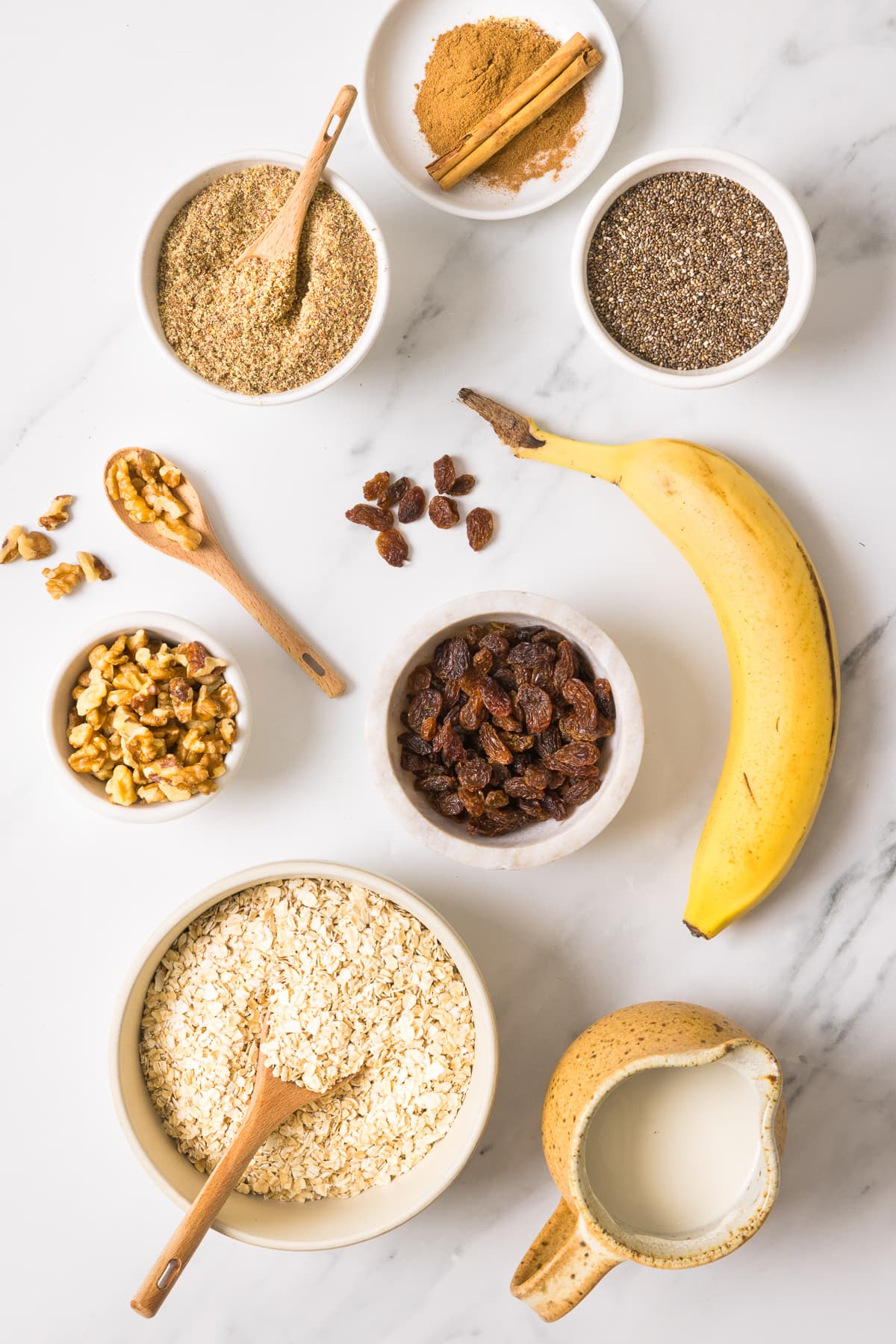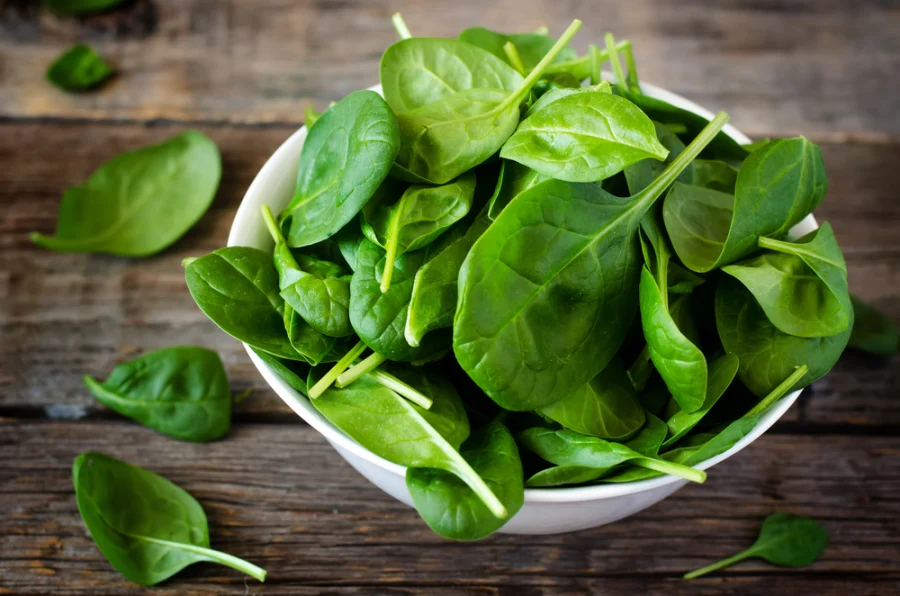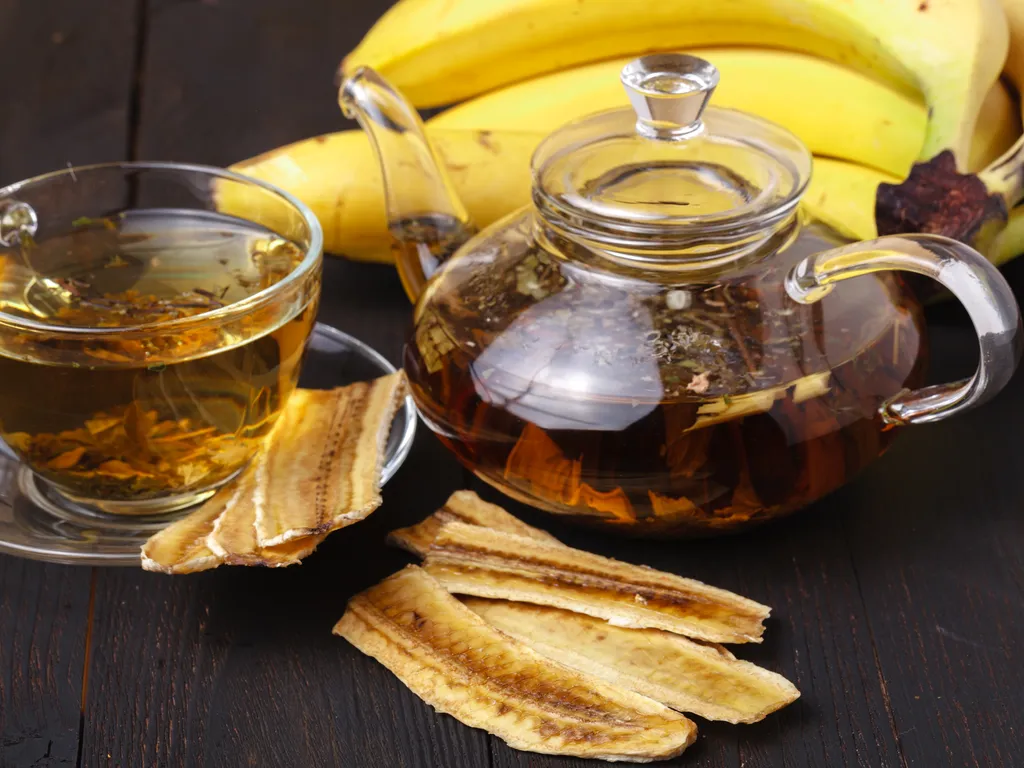
Banana or Oats: Choosing the Right Pre-Workout Fuel
Pre-workout food shapes how you feel during training. The choice between bananas and oats is not just about taste. It is about the type of workout, the timing of your meal, and how your body digests fuel. Bananas deliver fast energy and key electrolytes. Oats provide slower, steadier fuel for endurance. There is no universal best option. The goal is to match food to your workout demands and test what improves your performance.
Why pre-workout fuel matters
Carbohydrates are the main fuel for high intensity exercise. Muscle glycogen and circulating blood glucose both contribute to performance. The form of carbohydrate and the timing of intake influence how quickly energy becomes available and how long it lasts (Thomas et al. 2016).
Fast digesting foods such as ripe bananas raise blood glucose quickly and can provide energy within minutes. Slower digesting foods such as oats release glucose over time and can sustain activity for longer sessions. The balance between speed and stability is what makes banana and oats complementary options.
The short guide
If you train within the hour
Choose a banana. The natural sugars and starch digest rapidly and give an accessible source of glucose for muscles. The potassium also supports nerve signaling and helps reduce cramp risk during shorter high intensity sessions (Healthline 2023).
If you train for longer than 90 minutes
Choose oats. Their soluble fiber and starch deliver a gradual release of glucose, which can help maintain steady energy and delay fatigue in endurance training such as running or cycling (Jeukendrup 2017). Eat them 1 to 2 hours before exercise for best digestion.
If you want the best of both
Combine them. A small bowl of oats topped with sliced banana offers a mix of fast and slow energy. This works well for gym sessions that blend cardio and strength or for team sports that mix bursts of intensity with steady movement.
Why bananas are quick fuel
Bananas are rich in glucose, fructose, and sucrose. These sugars require little digestion and appear rapidly in the bloodstream. Studies comparing bananas with sports drinks during endurance cycling show similar performance outcomes, suggesting bananas can serve as a natural energy source (Nieman et al. 2012). Their low fat and low fiber content makes them easy on the stomach when eaten close to training. Potassium content around 400 mg per medium banana contributes to muscle function and electrolyte balance.
Why oats are steady fuel
Oats contain beta glucan, a soluble fiber that slows gastric emptying and moderates glucose release. This property helps prevent sudden spikes and crashes in blood sugar. For endurance athletes, low glycemic index meals before exercise have been linked to improved time to exhaustion compared to high glycemic index meals (Thomas et al. 2016). Oats also provide iron, magnesium, and B vitamins, which support energy metabolism. They are most effective when eaten with enough time to digest, about 60 to 120 minutes before activity.

How to test your best option
- Identify your primary training style. Short high intensity or long endurance.
- Adjust timing. Banana 30 to 45 minutes before. Oats 1 to 2 hours before.
- Track your session. Note energy levels, stomach comfort, and recovery.
- Test combination meals such as oats with banana or oats with honey for mixed intensity training.
- Reassess and personalize. What works for one person may not for another.
Practical tips
Portions that work
One medium banana is usually sufficient for short sessions. For oats, start with half a cup dry oats cooked in water or milk. Add protein such as yogurt or nut butter if the meal is also meant to support recovery.
Pairings that boost benefits
Bananas pair well with nut butter for extra satiety. Oats work well with berries for antioxidants or chia seeds for omega 3 fats. These pairings improve micronutrient intake without slowing digestion too much.
Habits that support training
Stay hydrated before workouts. Eat your chosen pre-workout food at consistent times so your body adapts. Practice fueling strategies during training if you plan to use them in competition.
Common pitfalls
Eating oats too close to exercise can cause bloating or discomfort due to fiber.
Relying only on bananas for very long workouts may lead to energy dips once the quick sugars are used.
Skipping pre-workout food entirely can reduce performance if glycogen stores are low.
When to seek guidance
If you experience frequent digestive discomfort, unexplained fatigue, or difficulty sustaining training intensity, consult a sports dietitian. Individual differences in metabolism, gut tolerance, and training volume mean guidance can help fine tune your fueling plan.
The takeaway
Bananas provide quick, accessible fuel for short or high intensity workouts. Oats deliver steadier energy for long endurance training. Combining them offers both fast and slow release carbohydrates. The best choice depends on timing, workout type, and personal tolerance. Testing both options is the simplest way to find what helps you train and recover best.
References
Healthline. (2023). Eating bananas before a workout: Good or bad? Retrieved from https://www.healthline.com/nutrition/banana-before-workout
Jeukendrup, A. E. (2017). Periodized nutrition for athletes. Sports Medicine, 47(S1), 51–63. https://doi.org/10.1007/s40279-017-0694-2
Nieman, D. C., Gillitt, N. D., Henson, D. A., Sha, W., Shanely, R. A., Knab, A. M., & Cialdella-Kam, L. (2012). Bananas as an energy source during exercise: A metabolomics approach. PLoS ONE, 7(5), e37479. https://doi.org/10.1371/journal.pone.0037479
Thomas, D. T., Erdman, K. A., & Burke, L. M. (2016). Position of the Academy of Nutrition and Dietetics, Dietitians of Canada, and the American College of Sports Medicine: Nutrition and athletic performance. Journal of the Academy of Nutrition and Dietetics, 116(3), 501–528. https://doi.org/10.1016/j.jand.2015.12.006



















